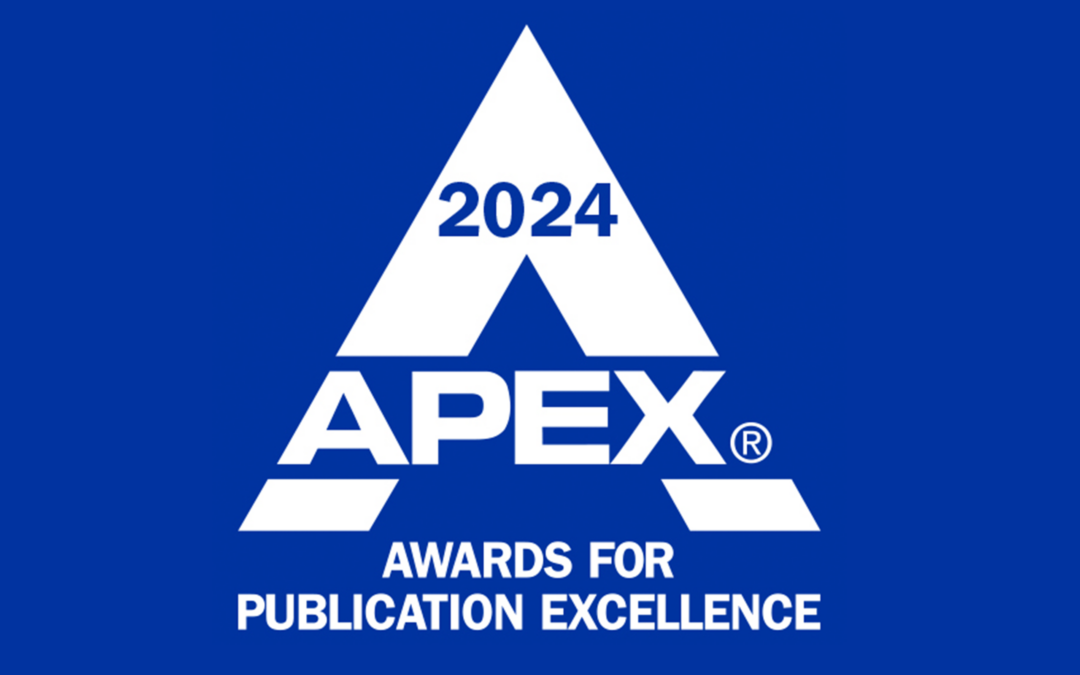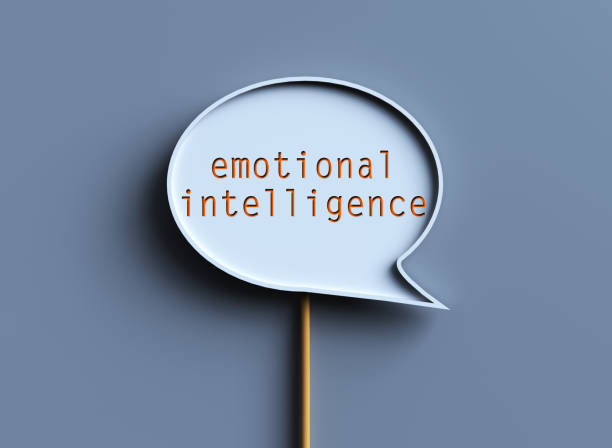The advertising landscape is constantly evolving, driven by technological advancements, changing consumer behaviors, and shifting market dynamics. As we advance into 2025, several key trends are emerging that advertisers must be aware of to stay competitive. Here are the top advertising trends that will shape the industry in the coming year.
Social commerce and shoppable ads
Social commerce, the integration of e-commerce with social media platforms, is rapidly growing, and advertisers are taking advantage of this trend to boost their return on investment (ROI). Shoppable ads on platforms such as Instagram, Facebook, and Pinterest allow users to purchase products directly from the ad without leaving the app. This seamless shopping experience reduces friction and increases conversion rates.
As consumers increasingly turn to social media for product discovery, advertisers are using shoppable ads to shorten the path to purchase. By integrating e-commerce into social platforms, brands can engage with consumers at the moment of inspiration, leading to more immediate sales and a higher ROI.
The emergence of connected TV (CTV) advertising
Connected TV (CTV) advertising is another trend gaining momentum, as more households shift from traditional cable to streaming services. CTV ads are served on internet-connected devices such as smart TVs and streaming boxes, allowing advertisers to reach audiences who are no longer consuming traditional linear TV.
What makes CTV advertising particularly attractive is its ability to combine the reach of traditional TV with the precision of digital advertising. Advertisers can target specific demographics, interests, and even households, ensuring that their ads are seen by the most relevant viewers. Additionally, CTV provides detailed analytics, allowing advertisers to measure the impact of their campaigns more accurately and optimize for better ROI.
Sustainability and purpose-driven advertising
Consumers are increasingly demanding that brands align with their values, particularly regarding sustainability and social responsibility. Advertisers are responding to this trend by incorporating purpose-driven messaging into their campaigns. Brands that communicate a commitment to sustainability, ethical practices, and social causes resonate more deeply with consumers, building stronger emotional connections.
Purpose-driven advertising not only helps brands stand out in a crowded market but also builds loyalty among consumers who share those values. By focusing on what matters to their audience, advertisers can create campaigns that drive sales and foster long-term brand loyalty, leading to a higher ROI over time.
Influencer marketing with micro and nano influencers
Influencer marketing continues to be a powerful tool for reaching targeted audiences, but the focus is shifting from macro influencers with millions of followers to micro and nano influencers with smaller, more engaged communities. These influencers, typically with followers ranging from a few thousand to 100,000, tend to have higher engagement rates and more trust among their audience.
Brands are finding that partnerships with micro and nano influencers can yield higher ROI, because these influencers often have a more authentic connection with their followers. Their endorsements are perceived as more genuine, leading to higher conversion rates. Additionally, campaigns with micro and nano influencers are often more cost-effective than those with larger influencers, allowing brands to maximize their budgets.
AI-Driven optimization
Artificial intelligence (AI) is revolutionizing how advertisers optimize their campaigns for better ROI. AI-driven tools can analyze vast amounts of data in real time, allowing advertisers to make data-driven decisions quickly. This includes everything from automated bidding strategies in programmatic advertising to AI-powered content creation that resonates with specific audiences.
Predictive analytics, powered by AI, can also help advertisers forecast trends, identify opportunities, and adjust their strategies accordingly. By using AI to optimize campaigns continuously, advertisers reduce waste, target more effectively, and ultimately achieve higher ROI.
The advertising landscape in 2024 is characterized by the integration of AI, the rise of short-form video content, and a focus on authenticity and human connection. Advertisers must adapt to these trends to stay competitive, ensuring they leverage the latest technologies and strategies to engage their audiences effectively. By understanding and embracing these trends, brands can navigate the evolving landscape and achieve greater success in their advertising efforts.









